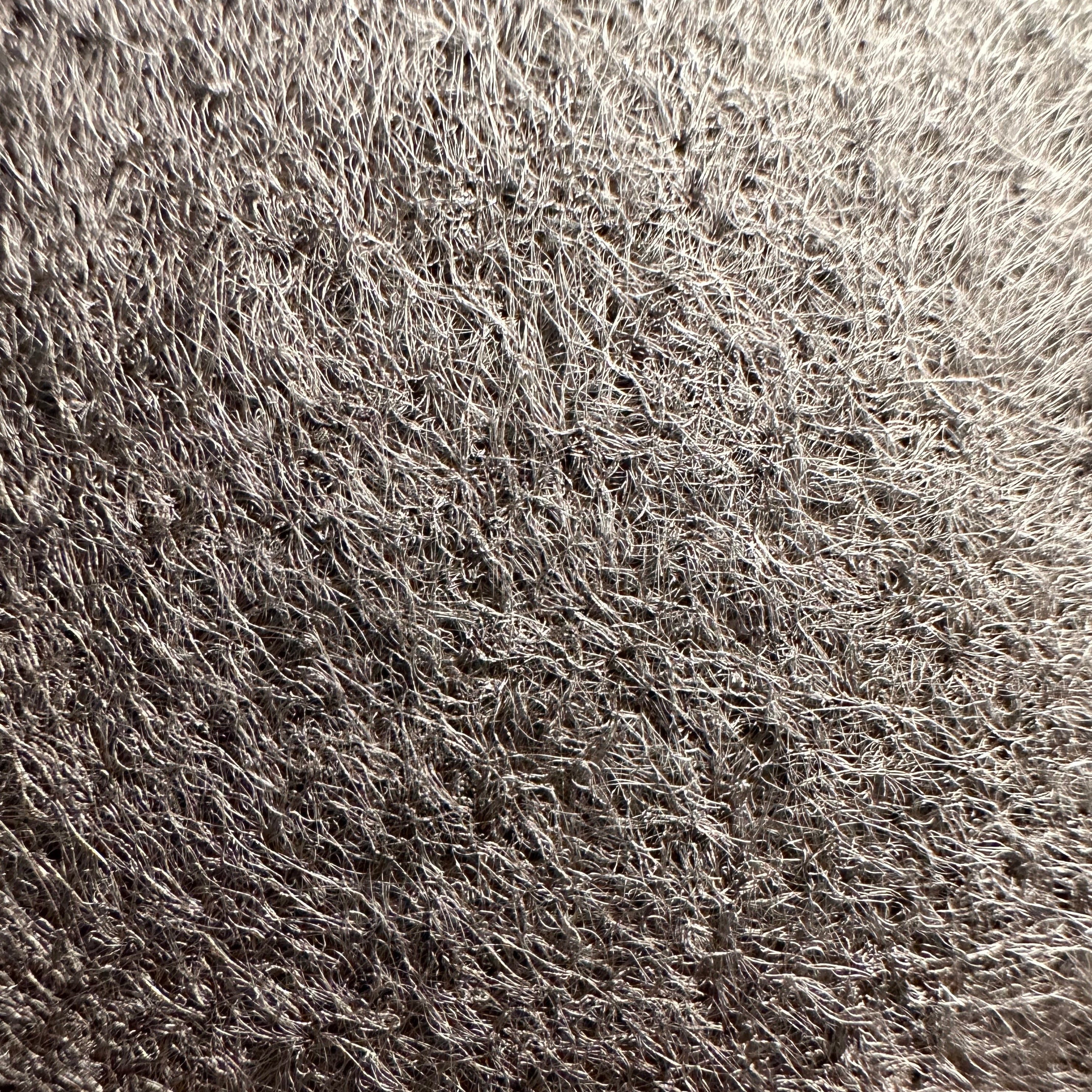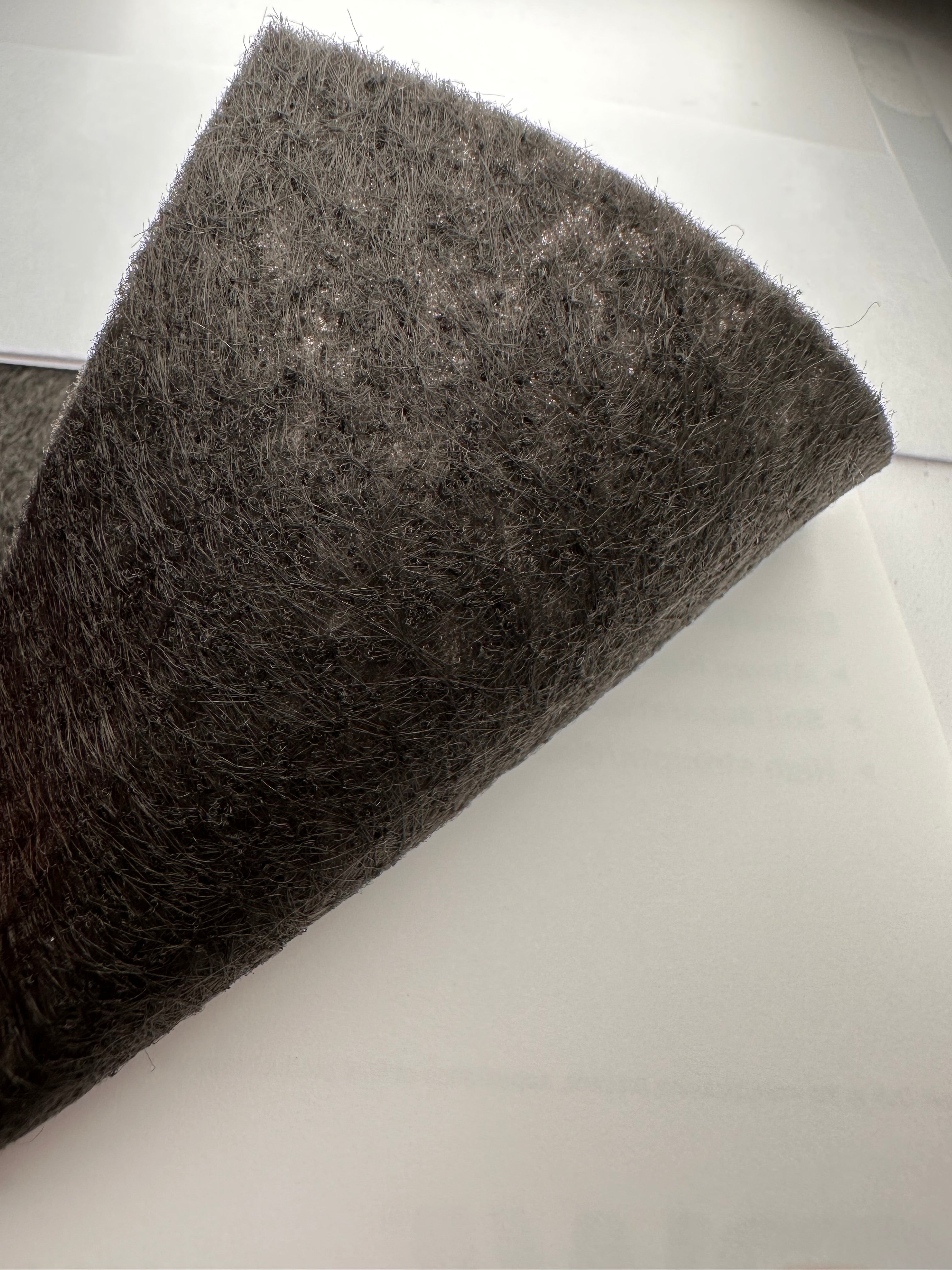Description
Designed for permanent drainage installations, our ultra-heavy-duty drainage fabric provides a high level of strength while remaining very permeable. This fabric is best used on drainage projects where jobsite, aggregate or installation specific pressures require a heavier weighted fabric than typical. The non-woven geotextile is made of 100% polypropylene and contains no fillers or substitution composites. This fabric provides a 6 oz / sq. yd. weight and a grab tensile strength of 160 lbs. which provides an elevated level of tear resistance. This fabric ships from four regional warehouses and is available in a variety of different roll sizes.
Ideal Applications:
This fabric is ideal for situations that require a barrier between the dirt and drain rock. The fabric allows water through will holding back dirt, silt and debris.
Fabric at a Glance
Permeable
Strong
UV Resistant
Rot Resistant
Mildew Resistant
Rodent Resistant
Insect Resistant
Ultra Heavy-Duty
Drainage Fabric
Estimated Material Lifespan:
20 years +
Fabric Texture:
Felt, fuzzy on both sides
Fabric Weight: 6.0 oz / sq. yd.
Download Product Specification SheetRequest Formal QuoteCG
Commercial Grade
Each of our fabrics is commercial-grade and designed for years of continuous in-ground use. This fabric is ideal for permanent installations where long term durability is required.
Volume Pricing
Fabric Pros can provide volume pricing for larger orders totaling more than $5,000. Please fill out the quote request form at the link below and we will provide you with a written quote within two business days.
Request Volume QuoteQuestions?
Do you have product related or purchasing questions? We are happy to help, just give us a call:
(800) 214-5028
Commercial Grade Drainage Fabric
For customers looking for the best drainage fabric available, we have recommended this fabric to thousands of customers on both residential and commercial installations. This fabric is for the customer who wants the best, not the cheapest.

Tip: Look for Detailed Specs
Large online shopping websites are flooded with fabrics claiming to be the "highest quality". Always look for detailed specs with testing results. If you don't see a spec sheet download don't believe the claim.

Installation
Installation of our drainage fabrics can vary slightly based on jobsite specifics and the exact application. The following are general steps are for a standard straight-forward installation.
Step 1:
Remove all debris, rocks and unwanted plantings from the installation area. Dig the drainage channel to the required depth.
Step 2:
Place the fabric roll in the installation area and unroll. Once the fabric is unrolled, cut the fabric to fit. At seams, it is best to overlap the fabric by 12". This will help to prevent rocks from migrating out of the area covered by fabric.
Step 3:
Fill the area with drain rock and and cover with fabric or leave exposed. (this can vary based on the exact type of drainage system you are installing.)
Why Spend More with Fabric Pros?
You’ve probably seen “high-quality drainage fabric” on various big box retailers websites. Usually priced really cheap. Why spend more with us? Think of the project as a whole. What is the most expensive aspect of your project? Typically it’s the labor, followed by hardscape material, plantings and ground cover. On many projects the fabric cost is less than 1% of the total cost of the project. What is one of the first materials that is installed? Typically any sub grade than the fabric. If you put down the wrong fabric and there is an issue, in many situations the entire project has to be redone costing the owner thousands of dollars and a re-installation of everything above the fabric. Case in Point: buy fabric that has been time tested, widely used by professionals and is ASTM tested. You’ll pay more but at least you’ll know what you are getting. Fabric that is directly imported from overseas and posted to a “large online retailer” with countless “5 star reviews” should be approached with a great deal of caution.
Clear Direction on the Right Fabric to Use
From thousands of customers over 20 years we know what the most appropriate fabric is for the given application and we make it simple. We don’t throw 50 options at you to decipher. We present the most commonly used fabric by the professionals for the application.
Tested, Commercial-Grade Fabrics
Testing data helps you as the customer know what you are buying. More often than not, stores selling economy-grade fabric do not provide specification information with ASTM testing data. This is intentional.
We Ship Fast
When you place your order with us we make every effort to process your order right away. If your order is placed in the morning there is a strong chance that we can get it picked up same day by the shipping company.
We Pick Up Our Phone
Have you ever ordered a product online and for some reason needed to call the company? After spending 20 minutes searching for the phone number you finally call and get an annoying menu and eventually a person who doesn't seem to really care?
Not with Fabric Pros. We hate menus so we don't have one. When you call you get a person who is willing and actually able to help every time.
What Else Makes our Drainage Fabric Different?

Our Drainage Fabric is
100% Polypropylene
Our drainage fabric is composed of 100% polypropylene. No fillers and no economy-grade substitutions. Polypropylene is the ideal material for an erosion control layer as it is both strong and very permeable. When economy materials are used in conjunction with polypropylene, strength and permeability ultimately suffers, leading to possible fabric failure and ultimately drainage issues. For permanent, long-term drainage installations look for fabrics that are explicitly labeled as “100% polypropylene”.

Our Drainage Fabric is Needle Punched
in a Random Pattern
High quality drainage geotextile fabrics rely on the process of needle punching fibers in a random pattern to produce the high strength and highly permeable material which is ideal for this particular application. The random nature of the tiny polypropylene strands provide heightened strength and more efficient permeability when compared to non-randomized non-woven fabrics.
How Long Will Shipping Take?
Our fabrics ship from four different distribution warehouses located in the west coast, south, midwest and north east areas of the United States. Most of our fabrics are stocked at all four locations and will ship from the location nearest to you to minimize transit time.
Our "Approximate" Transit Map
If everyone has learned one thing in the last few years it's that delivery dates aren't exact.
Most orders require 1 business day to ship. The shipping map to the right is "approximate" and does not take into account order processing time. (typically one business day or less) Sometimes a fabric will be out of stock at the specific warehouse closest to you and will have to ship from a further warehouse. This can impact the transit time. It is always a good idea to order your fabric a full week before you actually plan in installing. It will most likely show up days sooner but it's always better to be safe than sorry.

A Fabric for Nearly Every Application
Looking to do something different? View our selection of fabrics below for nearly every application.
Is Your Project a Bit "Outside of the Box?"
Don't worry, we probably have a fabric that will work great for whatever you are trying to do too! Feel free to give us a call at (800) 214-5028. We're happy to provide some guidance on the fabrics that you may want to consider for your project.
Move Water Away From Your Residence Using French Drains
What Is A French Drain? A French drain is designed to collect and then redirect water away from a structure. The design is made up of a perforated pipe that is placed on the ground and covered with porous materials such as gravel, sand, or rocks. To move the water away, it must be at a downward angle away from the protected area. A gutter is a system that collects runoff water from the roof of your home while a French drain collects the water from the ground. A French drain looks very much like a drainage ditch that is embedded in gravel at an angle to carry water away from your home. Due to its design, water flows through the pipe system so it will not pool in lower areas on your property.
In order to install a French drain properly, you must use a filter fabric or geotextile fabric during installation to guarantee it will work effectively and last a very long time.

Gravel on Drainage Fabric
About Filter Fabric
Filter fabric serves as a barrier to stop debris and sediments from entering the system. Not using a filter fabric will lead to an accumulation of these materials causing blockages and clogging that, in turn, will generate backups and eventually lead to flooding. Using filter fabric for your French drain system will increase the life of the system while filtering out unwanted elements and materials that over time will damage your property.
Filter Fabric For French Drains
These filters are a kind of material that prevents unwanted sediment and debris from entering the system. It's an absorbent membrane that allows water to flow through but traps sand, silt, and other similar elements. The fabric performs like a barrier separating the soil surrounding the French drain along with the perforated pipe. The water enters the perforated pipe and then freely flows into the gravel bed surrounding it.
This fabric sits on top of the gravel bed stopping silt particles from getting into and clogging the system. If you do not use high-quality filter fabrics, debris and dirt will settle in the drainage pipes leading to blockages and causing the system to operate improperly.
Types Of Geotextile Fabric
There are generally two types of filter fabrics available on the market made of woven and non-woven materials.
Woven Geotextile Landscape Fabric
The woven fabric is typically made from either polypropylene or polyester materials. The fabric is fairly impermeable, allowing water to pass through the fabric in small amounts. Woven geotextile fabric is made of polypropylene layers that are cut and pressed and then woven into sheets that have high-tensile strength. The process creates a premium filter that is resistant to clogging brought on by sand, dirt, and other waste.
Woven fabric is extremely durable, and resists warping, making it a perfect choice for supporting heavy loads, increasing the life of pavement, and serving as an excellent sediment barrier. Because of its characteristic of low permeability, this is not a good choice for drainage applications. Woven geotextiles are an excellent choice for projects needing water to flow over a subsurface.

Drainage Issues in Yard
Popular Choices For Woven Fabric
Woven geotextiles work like weed barriers when placed under roads, walkways, highways, and parking lots.

Installing a French Drain
Non-Woven Geotextile Landscape Fabrics
This fabric is made from synthetic fibers that are bonded together forming a sheet-like material. These fabrics feel like felt when touched and are available in both medium and heavy-weight materials.
Popular Choices For Non-Woven Fabric
• Good water flow
• Filtration
• Reduce irrigation with Xeriscaping
Choosing The Right Fabric For French Drains
Choosing the right filter fabric for French Drains is critical for good drainage. Also, non-woven fabrics which are designed for weed control are typically not the best choice for French drains. You need a non-woven fabric designed specifically for drainage. This particular fabric will allow water to pass through without causing pooling or creating puddles while stopping fine soil particles from entering and clogging up the system. In turn, the system will operate properly and reduce the need for continual maintenance.
Because the fabric comes in different weights, the 4 oz fabric is the best choice for strength and high rates of water flow.
The Benefits Of Fabric Made For French Drains
1 – Using filter fabric for French drains will prevent clogging and blocking in the drainage system. Without a filter fabric, sediment, debris, and other elements can lead to blockages over time. It will cause a backup of water which can damage your property and cause unwanted water puddling.
When you use a filter fabric you will create a barrier that stops unwanted materials from getting into the system. When protected correctly, the chances are less likely you will experience blockages or clogging and will allow the system to operate more efficiently in removing water from your property.

French Drain Fabric
2 - This fabric will filter out sediment, debris, and other unwanted materials from entering your drain.
Another great benefit of using filter fabric for your French drain, the fabric serves as a barrier only allowing water to pass through while continuing to block large particles like leaves. This is important information you should understand because if allowed to enter the drain, these large elements would accumulate causing blockages and clogs. By providing filter fabric, your French drain will operate smoothly for a much longer period of time without requiring repairs.
3 - Increase the life of the drainage system by stopping clogs and filtering out unwanted material using filter fabric. You will increase the life of your French drain. Do not ignore important maintenance requirements such as changing out dirty filters. If you do, you will be facing repairs down the road and more expensive replacements.
When you perform regular maintenance such as inspections, cleanings, and replacing worn-out or damaged filters, you can be sure your French drain will operate effectively at removing water from your property for a longer period of time without looking at costly repairs. Think of your filter fabric as a valuable investment in the life of your French drain.

Trenching for French Drain
Installing Filter Fabric For Your French Drain
Here is a quick rundown of how to install a French drain and how the filter fabric fits into the entire operation. Be sure to read up on mistakes that have been made installing French drains. Knowing mistakes ahead of time can help you get through the project the first time around.
Dig The Trench
To install a French drain starts with digging the trench. The measurements in depth and width will depend on how much water has to be drained and the size of the pipes for drainage. In general, your trench should be 18 to 24 inches in depth and between 8 to 12 inches in width. Also, show great caution so you don't damage any of the underground utility lines for gas or water.
Lay Down The Gravel Base
After you have finished digging the trench, you have to lay down gravel at the base of the trench. The thickness of the layer should be 2 to 4 inches depending on how much standing water you will expect to accumulate in the area. Also, you should use crushed stones versus round stones. Crushed stones will continually interlock providing a more stable base.
Place Filter Fabric On Top Of The Gravel
At this time, place the filter fabric on top of the gravel bed. Just make sure there are no excessive wrinkles or folds that can affect the ability of the fabric. Make sure the fabric is not hanging over the sides as debris could easily accumulate and cause clogging and blockage problems. Before starting, make sure you have enough fabric so you can easily wrap it around the sides before adding any more material or layers on top of it.
Adding More Gravel
Now that the fabric is securely in place, add more gravel on top of it. Just be sure it's only 1 inch below ground level for good drainage while stopping soil erosion around the foundation and the drainage system. Be careful you do not damage or displace the filter fabric while adding more gravel as that can lead to poor filtration.
Good Suggestions For Maintenance Of Filter Fabric
After you have installed the filter fabric in your French drain, it's imperative you make regular maintenance checks. Unfortunately, many people think once the filter is in place, it will last forever. As time moves on, debris,\sediment, and other unwanted materials will build up on the fabric causing blockages and clogs in the system.
To avoid future issues, you have to inspect and clean the drainage system on a regular basis. How often you have to inspect and clean the system will depend on the level of rainfall and how close trees and plants are to the system.
Rule of thumb, you should check the French drain at least twice a year, before and after the winter months set in. You might have to inspect and perform maintenance more often if you live in an area with a lot of rain or heavy soil loads. In order to clean the drainage system, you have to remove all debris from the surface of the fabric and flush out sediments with a garden hose or pressure washer.

Front Yard with Proper Drainage


